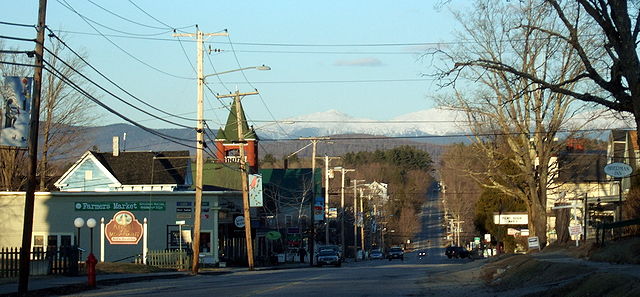About 10 years ago, electric cooperatives across the country began deploying smart meters, which are capable of collecting, transmitting and receiving data. Smart meters are an advance over previous technologies because they enable two-way communications to the meter. They are a component of what is called Advanced Metering Infrastructure (AMI), which changes the function of the meter from a device that’s read once a month to a dynamic communications device that provides information on and can control how and when energy is used. Rural electric cooperatives were among the first utilities to deploy this new technology because it can improve billing data; allow for remote connect/disconnect, increasing operational efficiency; and enable demand-response programs, which can help balance supply and demand during extreme weather events. This technology vastly improves the utility’s ability to respond to customer needs and control costs.
LMR provides a robust network for voice and data
Transmitting this information requires a secure, reliable digital network. No one technology has proven ideal in all deployments, given the demands of geography and the distance the signal must travel. However, in rural areas, private land mobile radio (LMR) systems play a significant role in the design of these networks. While the amount of data that would be transmitted from one meter to a central office might be relatively small, the designers of the network must take into account the cumulative effect of thousands of meters sending and receiving data.
When the New Hampshire Electric Cooperative began to envision its AMI project in 2011, it recognized that its 40-year old LMR system would not be able to meet its needs. NHEC wanted to implement a system to carry data from all 83,000 smart meters installed in the 115 New Hampshire communities that the cooperative serves as well as enable a private, trunked voice radio system. NHEC sought licensed, private radio communication for these needs in order to ensure the security and reliability of the system at all times, especially during emergencies, such as power outages.
 In 2013, EWA was asked to find Part 90, Private Land Mobile, Industrial Business Pool radio frequencies that would bring this complex system to life. On behalf of NHEC and the vendor managing the project, EWA worked to acquire the 14 licenses necessary for the large system.
In 2013, EWA was asked to find Part 90, Private Land Mobile, Industrial Business Pool radio frequencies that would bring this complex system to life. On behalf of NHEC and the vendor managing the project, EWA worked to acquire the 14 licenses necessary for the large system.
An imaginary line requires negotiation
The project would have been fairly straightforward were it not for an imaginary line.
“Line A” is the imaginary line several hundred kilometers inside the United States that runs approximately parallel to the US-Canada border. If a site is north of Line A, the Federal Communications Commission (FCC) must coordinate with Canadian authorities in the assignment of frequencies. Similarly, “Line C” is an imaginary line in Alaska which runs parallel to Alaska’s border with Canada. Any sites east of Line C require FCC coordination with Canadian authorities in the assignment of frequencies. The FCC provides an online Line A & C Check, a handy tool which uses latitude and longitude to determine whether your site would require international concurrence.
About half of the project’s 14 licenses are for sites north of Line A. EWA continues to work on Part 22 Common Carrier Public Mobile Services applications for this project, which supplement and operate in conjunction with the Part 90 licenses. This Part 22 architecture also requires Canadian concurrence. With each application, EWA serves as the project’s liaison for NHEC and their vendor, communicating information to engineers with the FCC Wireless Telecommunications Bureau Mobility Division who work with Industry Canada (a division of the Canadian government focusing on all areas of the economy, including managing the airwaves) to address each concern, including the arrangement of on air testing in an effort to work out potential problem frequencies.
Image: Main street of Bethlehem New Hampshire, which is in New Hampshire Electric Cooperative’s service territory.
Image credit: By Stevage Creative commons license BY-SA 3.0


